Are you in the market for a new laser tool, but don’t know where to start? Have you lost sleep at night wondering how to distinguish between red and green laser levels? I know I have. If you have too, you’re in the right place. Aside from the obvious color difference, the functional differences between red and green lasers are not so black-and-white. We assessed the most valuable qualities that users look for in a laser tool, with help from our friends at Bosch, and put the two laser types to the test to see who comes out on top.
Visibility
The work environment you are using a laser in greatly affects its visibility. The amount of light in the area, whether you are working indoors or outdoors, and the intended use of the laser plays a role in how it performs. If you are working indoors or in a smaller space (30 feet or less), a red laser will work just fine. Red lasers are great for DIY and smaller home projects such as installing ceiling lights, painting straight lines, and levelling hanging pieces on walls. Lasers used in these applications do not need a super long range, so a red laser would work just as well as a green one.
When working in ambient light conditions like pavements, working with drywall, construction, kitchen installation, and plumbing, green lasers may be a better option. These lasers can be detected up to 4x better than any other laser beams, meaning they are much more visible in direct sunlight or brightly lit areas. This is because of the green diode in the laser, which is more visible to the human eye. Green lasers also are the better option for outdoor use because they are accurate beyond 60 feet, so they can be used in larger areas. Receivers such as the Bosch Professional Laser Receiver (LR 1G) can help enhance visibility of green lasers even further in outdoor settings.
Winner: DRAW (Red lasers work best in indoor applications, green lasers are better for outdoor use)
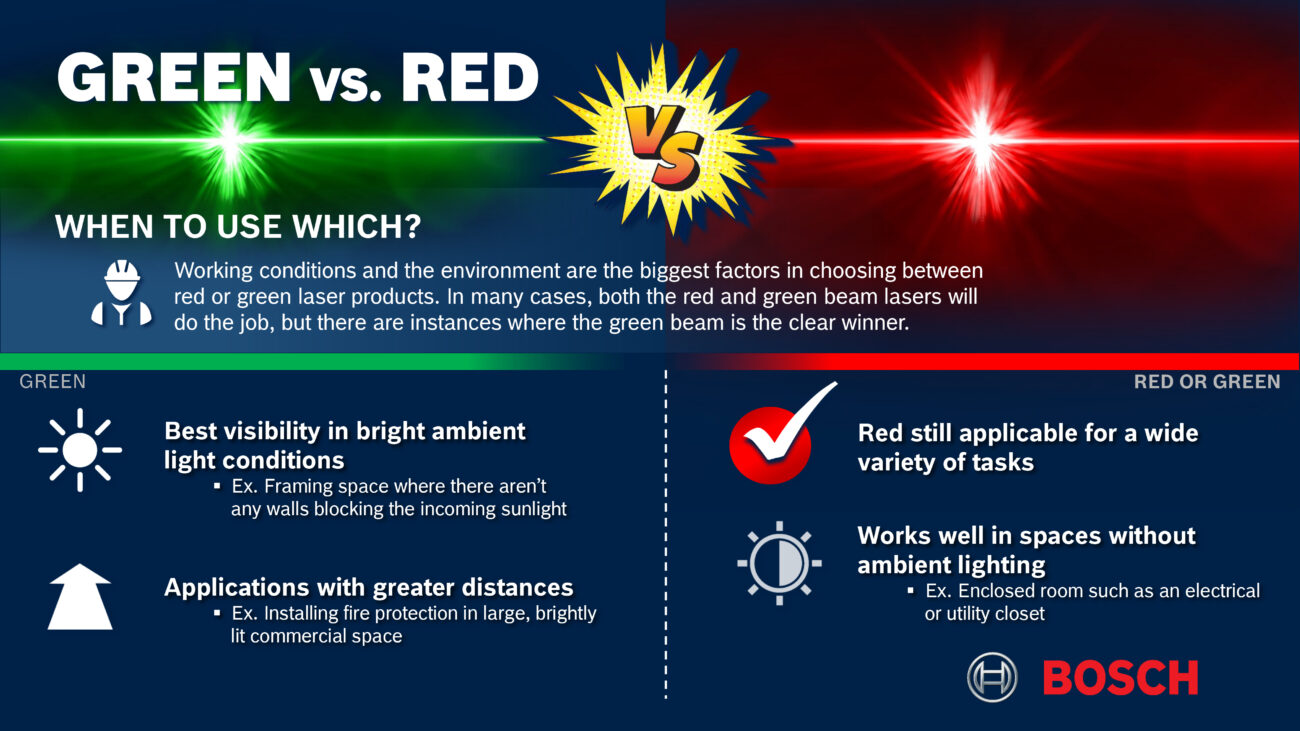
Budget
When looking for a more budget-friendly option, a red laser is the way to go. These typically run 20-25% cheaper than green lasers and are more readily available in most stores. Red lasers have been the norm on jobsites for a long time. They are a safe choice to bring on a jobsite because they are compatible with most laser detectors and receivers. Additionally, if you are looking for a laser tool to use for smaller home projects, most of the time you don’t need the extra range that the green laser offers. The Bosch 360 Red Beam 12V Three-Plane Leveling and Alignment-Line Laser (GLL3-300) is a super powerful laser and runs $100 cheaper than the green version (GLL3-330CG). A red laser will do the job just as well for smaller projects and save you some money.
Green lasers have more complex parts, therefore making them a more expensive option. However, if you have the money to spend, you definitely won’t be disappointed with the quality you receive. These outperform red lasers in almost all outdoor applications and have a stronger and more visible beam. Depending on the type of project you are doing, it might be best to invest in a green laser to make sure it can perform in your work environment.
Winner: RED
Range
The range you need your laser to reach is a critical factor when choosing between red and green. Red lasers work best in areas 30 feet or less to have the sharpest and most visible line. Laser enhancement goggles or detectors can also be used to make red lasers more visible in larger or brighter areas. This is a good option for someone who wants to go for the more cost-effective red laser option, but needs the visibility enhanced slightly. The visibility of red lasers drops significantly when they are projecting across larger distances, making them hard to use in a lot of larger, brightly lit areas.
For any longer-range projects (more than 50 feet), a green laser is the best option. While it is slightly more expensive, it has a cleaner, sharper line, longer range, and less “speckle” than red beams. If you’re looking for something with a super long range, the Bosch Self-Leveling Green Beam Rotary Laser with Layout Beam (GRL 300 HVG) has a massive range of 650 feet without a detector, and 1,000 feet with a detector. For something not so intense, the Bosch Green Beam Self-Leveling Cross Line Laser (GLL100-40G) is great for smaller projects. Green laser tools are more versatile because they can be used for short- and long-range projects. They are a great all-around option if you plan on using one laser tool for a variety of different applications.
Winner: GREEN
Desired Battery Life
When comparing the battery life of each laser, the red laser is a clear winner. Due to their design, red lasers take less energy to power, meaning their battery life is significantly longer than green lasers. If you’re looking for a dependable laser tool that will last you all day, a red laser will not disappoint.
The higher power output from green lasers tends to cause their battery to drain much faster. It takes a lot more energy for them to reach the longer ranges and produce brighter beams. Additionally, as the battery wears down in the green laser, the brightness of the beam can go down as well. With these products, its important to consider which will be more important for completing your project: high visibility and range or long-lasting battery power.
Winner: RED
What’s the Verdict?
I wish there were one option that was a clear winner over the other, but your choice in laser really depends on what you’re using it for. If you need a laser tool for a big outdoor construction project and budget is not a concern, we recommend going with a green laser because it will give you the most visible beams and greatest range. Keep in mind, however, that the battery life of these is slightly shorter than a red laser, so make sure you have a power source nearby, and they’re going to be a little more costly. Green lasers are also a reliable option if you are going to use your laser tool for multiple different projects, because it has a more diverse range than red lasers, and you won’t have to worry about distance affecting the visibility of your laser beam.
Red lasers are great for working on indoor projects or in smaller areas where a longer range is not needed. They have a great battery life because they take less energy to power, and they are more budget friendly. Red lasers have been standard across industries for years for a good reason. They are reliable, and versatile for many different applications.
It is important to consider what features are most necessary to complete your project before purchasing a laser tool. If you have any questions about any of our red and green laser options or need help finding the perfect tool for your project, the Ohio Power Tool team can help! Give us a call at 800-242-4424, email us at sales@ohiopowertool.com, or leave a comment below for assistance. To be the first to know about new products and deals, subscribe to our e-newsletter and follow us on social media!


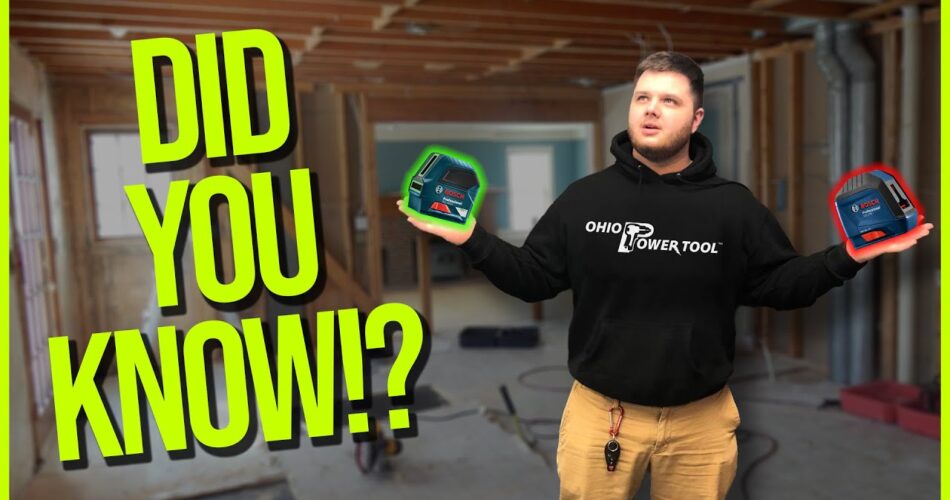
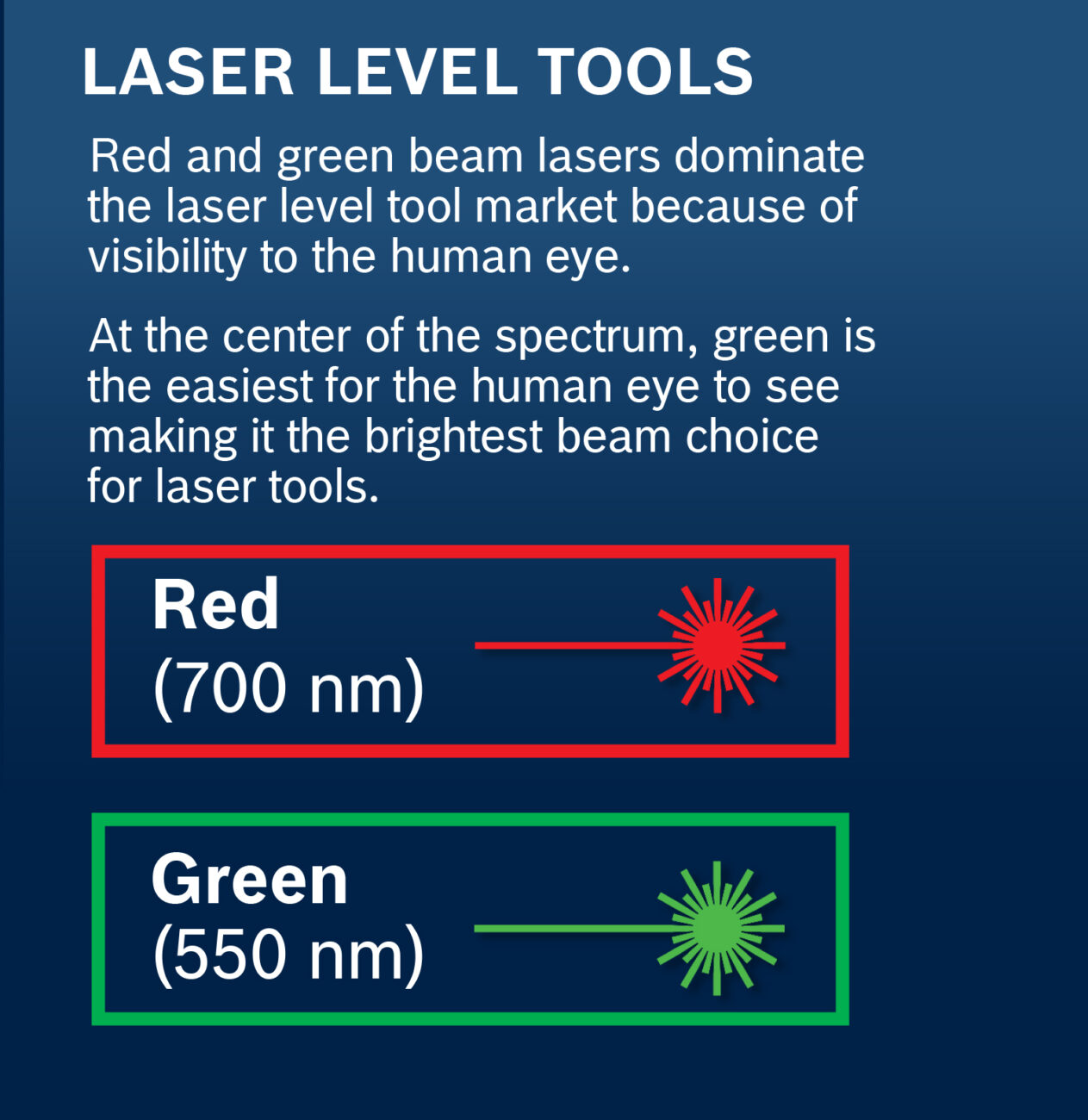

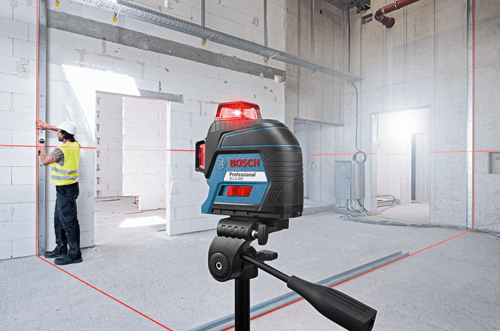
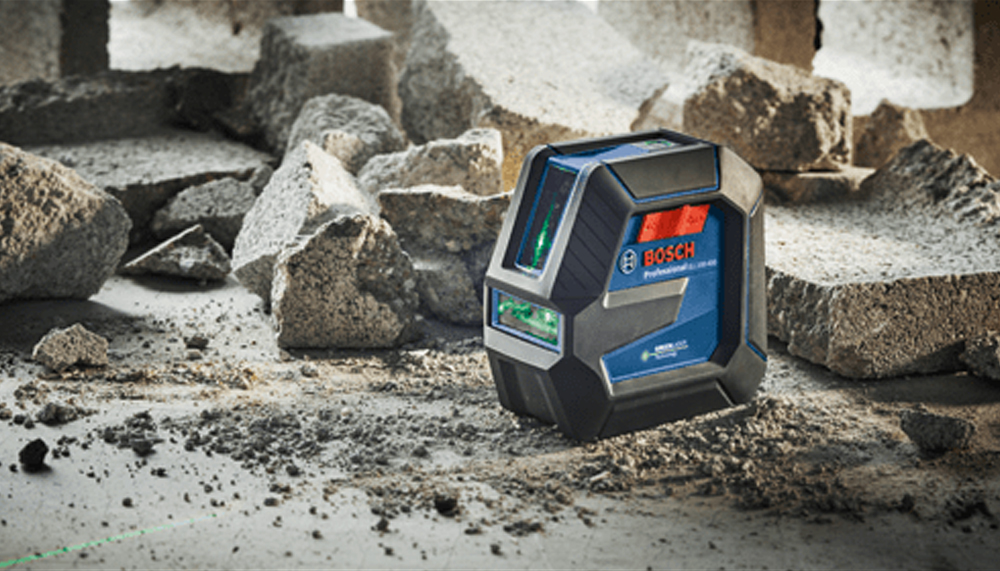
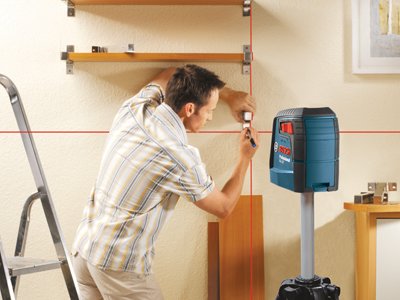
.png)